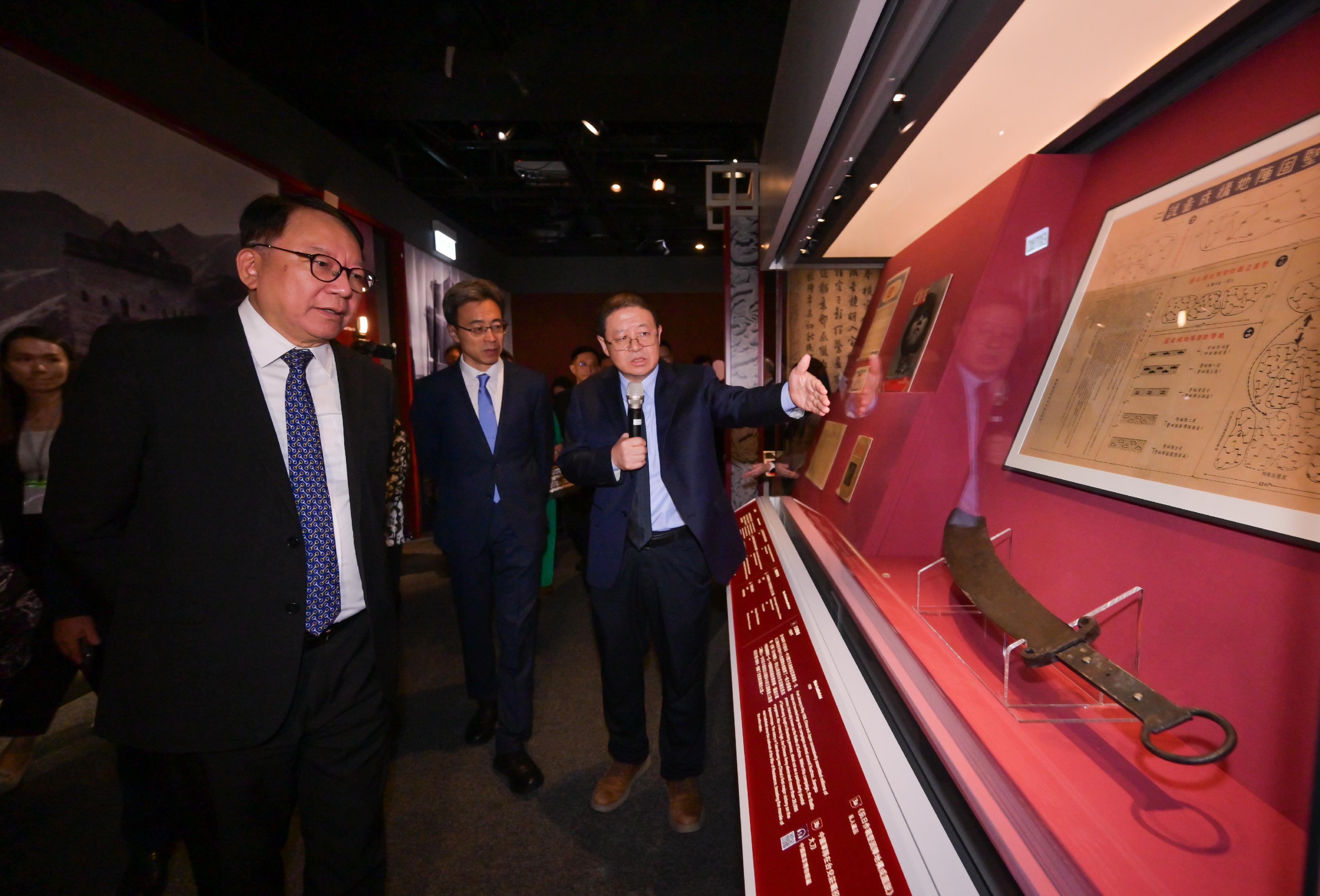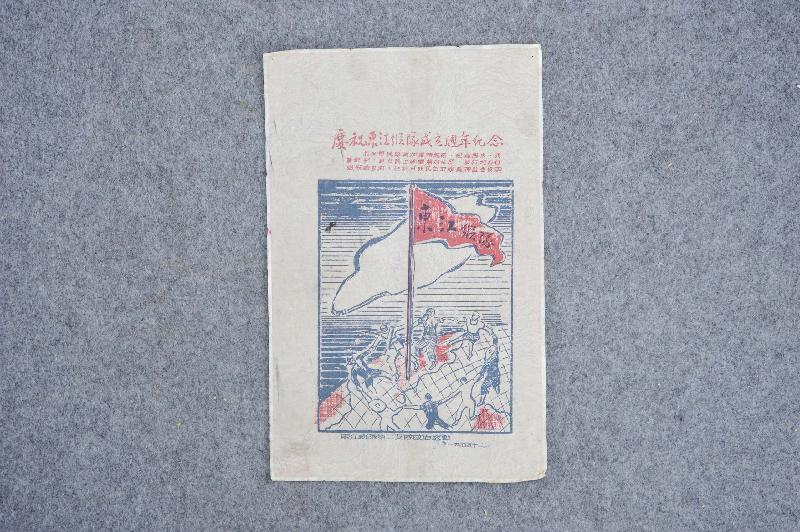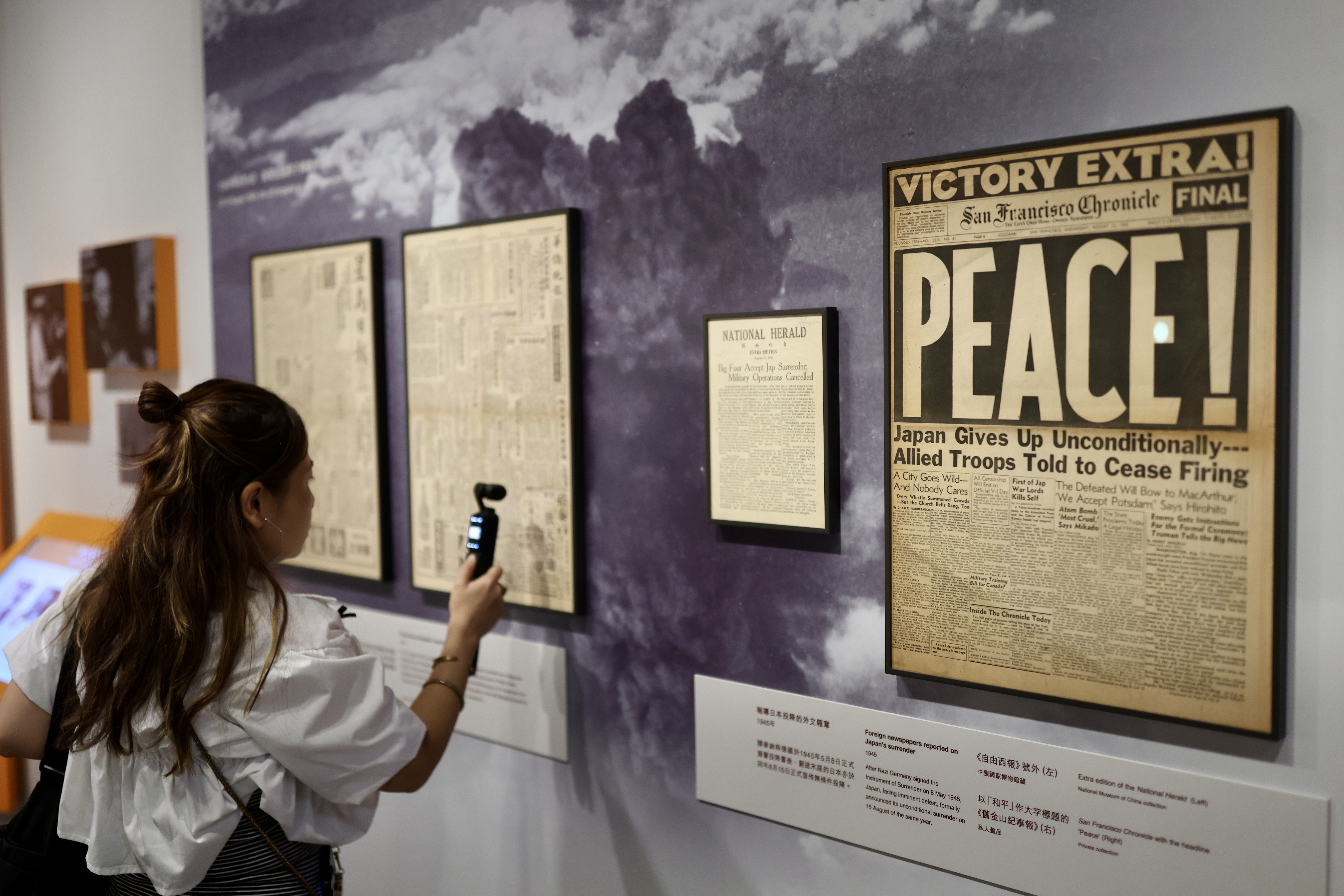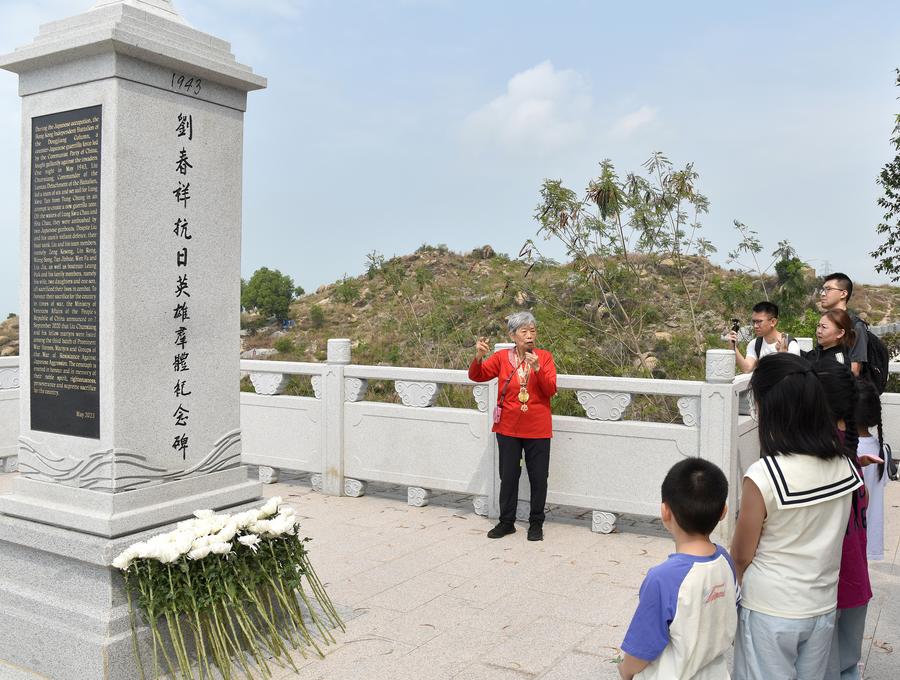
HONG KONG - In December 1941, Hong Kong, then under British colonial rule, fell into the hands of Japanese invaders. For three years and eight months, Hong Kong people fought valiantly against Japanese aggressors, punctuated by numerous heroic episodes.
Now, local communities are working hard to make these memories last through future generations, scouring for historical records and utilizing modern technologies such as chatbots to recount stories of WWII.
Housing memories
In Sha Tau Kok in northern Kowloon Peninsula, a row of five connected houses built over 90 years ago stands in refreshed grandeur and awaits visitors.
READ MORE: Media tour of wartime sites kicks off Wednesday
It was the ancestral home of the Lo family, a Hong Kong family that saw 11 of its members join the Dongjiang (East River) Column, a guerrilla led by the Communist Party of China (CPC) to fight against Japanese aggression. With years of efforts from descendants of the Lo family and local communities, the houses opened to the public in 2022 as a memorial museum on the history of the Chinese People's War of Resistance Against Japanese Aggression, the first of its kind in Hong Kong.
"Shaken to their cores by the Nanjing Massacre and other Japanese atrocities, my three uncles decided to join the fight against Japanese aggressors," said Wong Chunhong, founder and director of the memorial museum.
Wong's second-oldest uncle Lo Yu Ching housed fellow guerrilla fighters in the family home, which later developed into an operation base and transportation station for the Hong Kong Independent Battalion of the Dongjiang Column. Lo Au Fung, the youngest of the three brothers, led a maritime squadron in waters off Sha Tau Kok to disrupt the invaders' supply line.

To pass on the stories of the Lo family and countless other Hong Kong families devoted to fighting Japanese invaders, local communities decided to turn the Lo home into a memorial museum in February 2018.
By the end of July this year, total visits to the memorial museum had surpassed 96,000.
The museum is an indelible token of love for the motherland, a responsibility to the Hong Kong society and respect for the forefathers, he said.
Revisiting paths
On Feb 11, 1944, Lieutenant Donald W. Kerr was on a mission to bomb Hong Kong's Kai Tak airport, which had been turned into a Japanese airbase. After shooting down one Japanese Zero fighter, Kerr's plane was hit and caught fire in a dogfight with three Zeros.
READ MORE: HK exhibition commemorates history of resistance
Kerr parachuted into the hills to the north of the heavily guarded airport and was found by Li Shi, a liaison boy of the Dongjiang Column. Li, the "small boy" in Kerr's journal, helped the injured pilot elude the first hunt by the Japanese and reported to the guerrillas, who later transferred him to safety.
"My father had always regretted not being able to come back to China after the war to thank the Dongjiang Column guerrillas who had helped him escape," said David Kerr.
In 2008, Kerr's co-workers in Shenzhen helped him connect with families of Dongjiang Column soldiers, who took him and his older brother Andrew on much of their father's escape route.

"It was very humbling, because that was a difficult trail," said Kerr. "It gave me a great appreciation for the difficult time that my father had and the help he was given by the Dongjiang Column." During his trips to Hong Kong, Kerr also met Li Shi, who at that point was in a retirement home. "I was able to thank him for helping my father," said Kerr.
On Aug 22, the simplified Chinese edition of "A Memoir by Lt. Donald W. Kerr" was released in South China's Guangdong province. The traditional Chinese edition was published in 2015, which took about eight years to prepare.
After attending the book launch, Kerr visited Hong Kong and retraced his father's escape route again, accompanied by Li Shi's son.
"Wherever I go, Chinese people and American people are great friends with each other," said Kerr, who enjoys walking side by side with the sons and daughters of the people who had walked alongside his father on the same trails.
Engaging history
At Hong Kong's Diocesan Girls' School, a student surnamed Chan posed a question to a lifelike AI avatar of Lin Zhen -- a 90-year-old veteran of the Dongjiang Column who joined the resistance at just eight. Chan was keen to know how she performed her duty during the war at such a young age.

The reply came in a clear, resolute voice, detailing the duties of a "little messenger" in WWII. For Chan, history shifted from static text to living conversation.
Launched in September 2023 by the Hong Kong-based Academy of Chinese Studies, the AI dialogue platform enables students to interact with digital recreations of veterans from the war against Japanese aggression.
READ MORE: JPC youth recall victory
Now being used in primary and secondary schools across the city, the project leverages AI to bridge a generational gap, turning historical testimony into personal encounters for Hong Kong's youth.
Another student, surnamed Ng, said the technology animates the past, and what she learns is not just WWII from textbooks, but the life and struggles of Lin and many others like her. "The courage stays with me," she told Xinhua.
For educators, the goal extends beyond facts. Principal Stella Lau Kun Lai-kuen described wartime education as a "multi-layered process" that builds patriotism and national identity.
"Understanding our history helps us understand ourselves," she said. "This is essential for our students, and for all Hong Kong youth."


